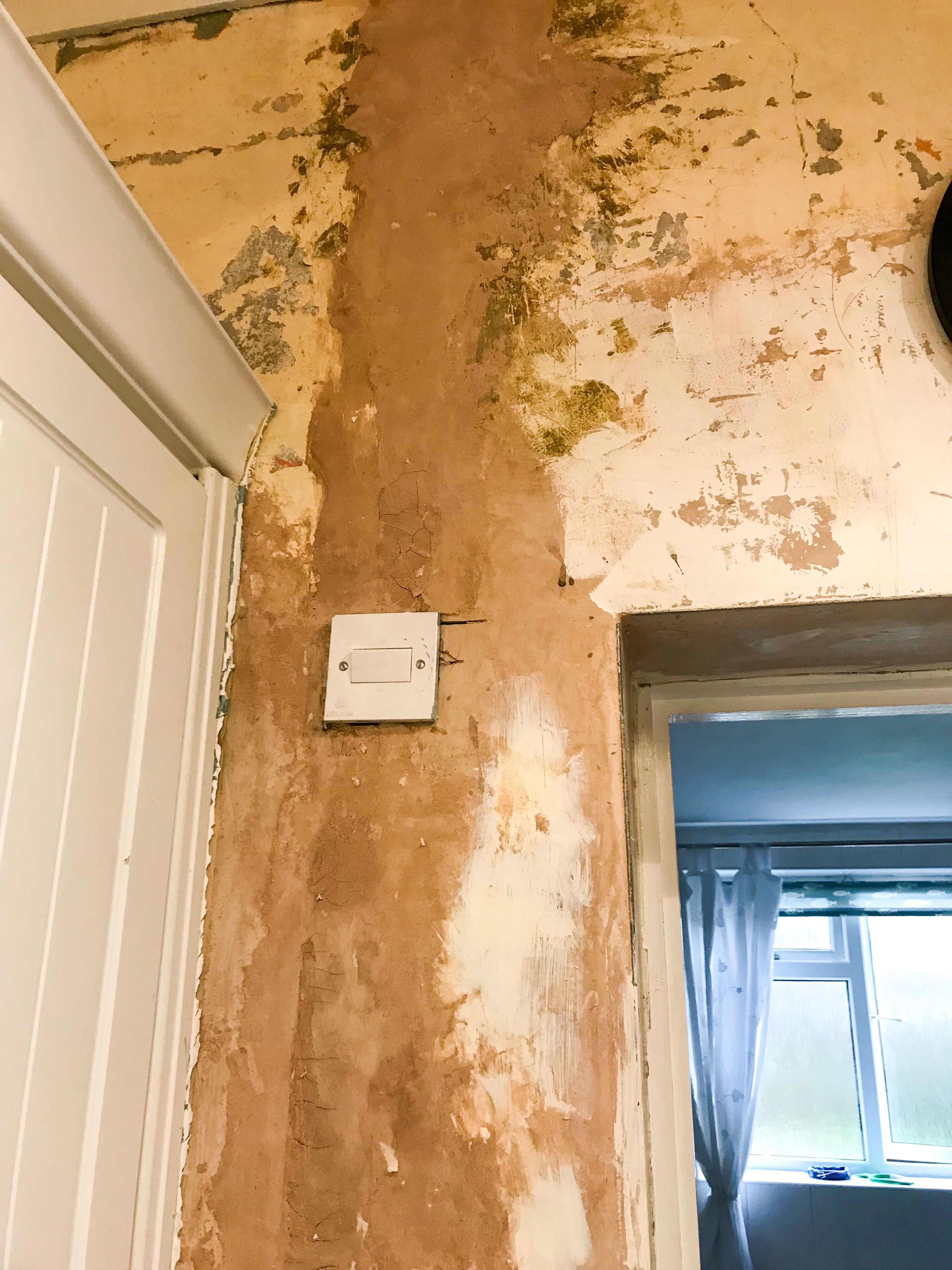You are here: All you need to know about damp - signs to watch out for when buying
Damp is hard to see with the naked eye. It can appear rapidly after heavy rain or flash flooding or can be very slow to emerge. Discovering the tell-tale signs can sometimes be challenging – especially when you are suffering from house buying fatigue or are fitting in whistle-stop viewings.
Ultimately, damp is caused by excessive moisture in a property. It can be caused by leaking pipes and guttering or rain seeping in through gaps in the roof or around window frames. Once inside the building, if there is no ventilation or heating to dry it out, damp can do serious damage to your home; attacking walls, plaster, furniture and even clothes. And, releasing airborne mould spores into the atmosphere, which can be bad for your health.

An average family of four can create more than 100 pints of moisture in a house each week. Just by having showers, drying your hair, boiling the kettle, air drying clothes or even breathing, excessive water is released into the atmosphere and if there is nowhere for it to escape, it is going to build up on surfaces and start creating problems.
However, there are some easy telltale signs of damp to look out for when viewing a property:
- A musty smell
If you pick up an unpleasant, persistent scent similar to that of mouldy bread, wet socks or wet wood when walking around a house, be wary, this is a smell typically associated with damp. Open cupboards to check inside as you walk around. - Spots of mould or mildew
Black mould is a common household problem. It looks like black specks on walls, window sills, ceilings or inside cupboards and is the first sign that there is too much water and humidity in the property. - Peeling wallpaper and blistering paint
Often a sign of penetrating damp, peeling wallpaper and blistering paint is caused by water infiltrating external walls that slowly travels horizontally through to your internal décor. - Crumbling or discoloured plaster
If a wall stays wet, the plaster will eventually crumble. A discoloured patch is a sign that there has been a leak, which you will need to find, before beginning any repairs. - Damp Patches
Hold your hand against the wall. Does it feel cold? Wet? Also, look for brown patches in the external corners of the house and near chimney breasts for signs of damp. - Salt Stains on outside walls
Check the outside brickwork. White spots on exterior brickwork are caused when the natural salts contained in the bricks react to water. Known as Efflorescence, it is effectively the salt being washed out of construction materials and a sign that the wall is damp. - Rising Damp
Look for stained patches on skirting boards or where nails or screws show signs of rust. These symptoms are the first sign that ground water is being drawn upwards through the mortar and masonry of the building.
Whatever you do, if you suspect damp, don’t ignore it. The longer you leave it, the more damaging it can become. There are many different types of damp and every situation is different, so always get specialist advice before beginning any repairs.
If you are looking for a Surveyor, you may find some of these links useful:
Damp and Timber Report
Find local help with Damp and Timber Reports
Building Surveys
I want a local surveyor to do a Building Survey for me
Homebuyer Survey
I want a local surveyor to do a homebuyer survey for me
Home Condition Surveys
Find local experts and compare prices
Valuation Surveys
If you need a Valuation Survey
Scottish Home Reports
Find local experts and compare prices
Asbestos Surveys
I want to find a local surveyor to do an Asbestos Survey for me
CCTV Drain Survey
If you are looking for a CCTV Drain Survey
Electrical Reports
Find an Electrician to produce an Electrical report (sometimes known as an Electrical Installation Condition Report - or EICR) for a property.